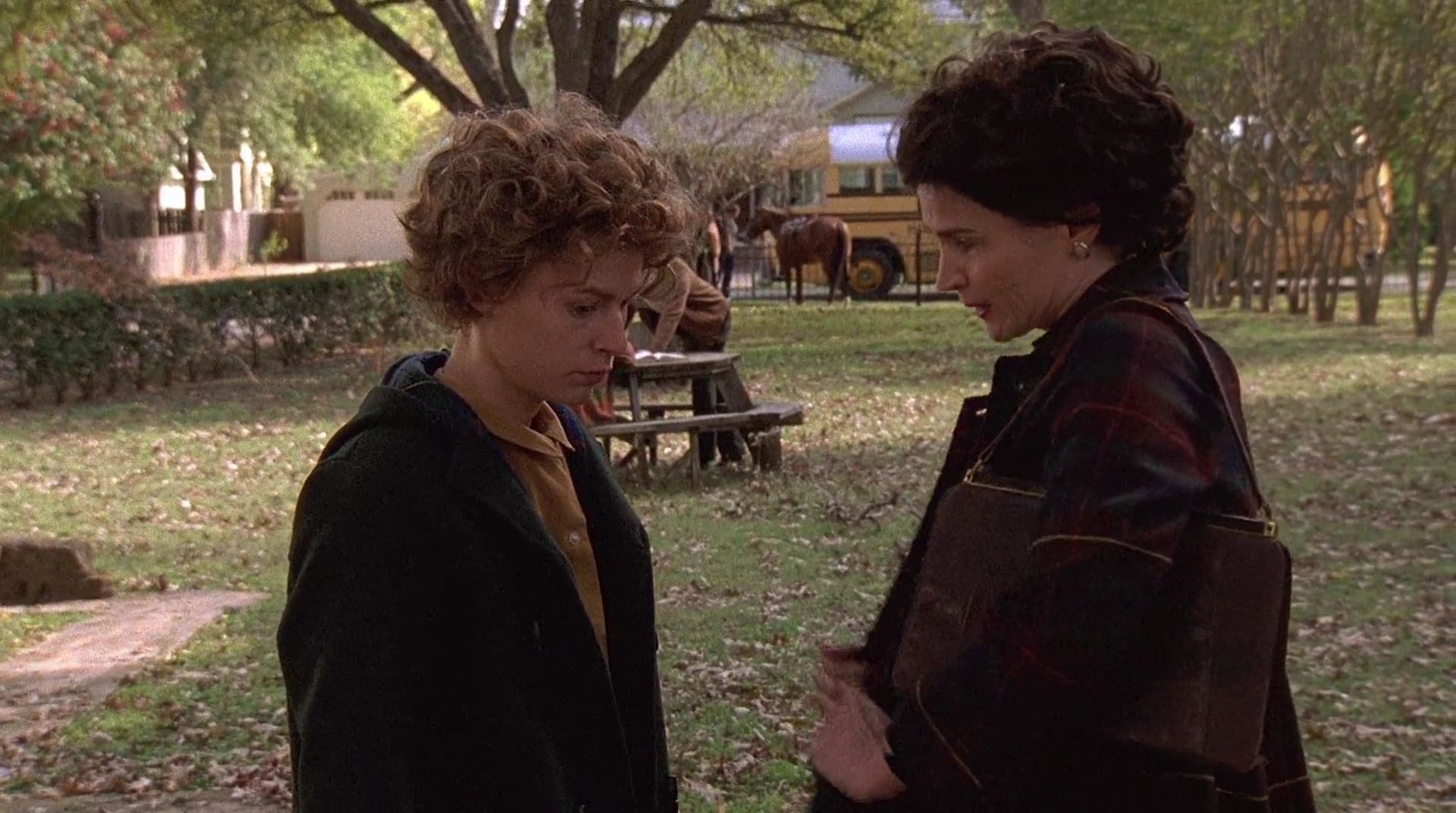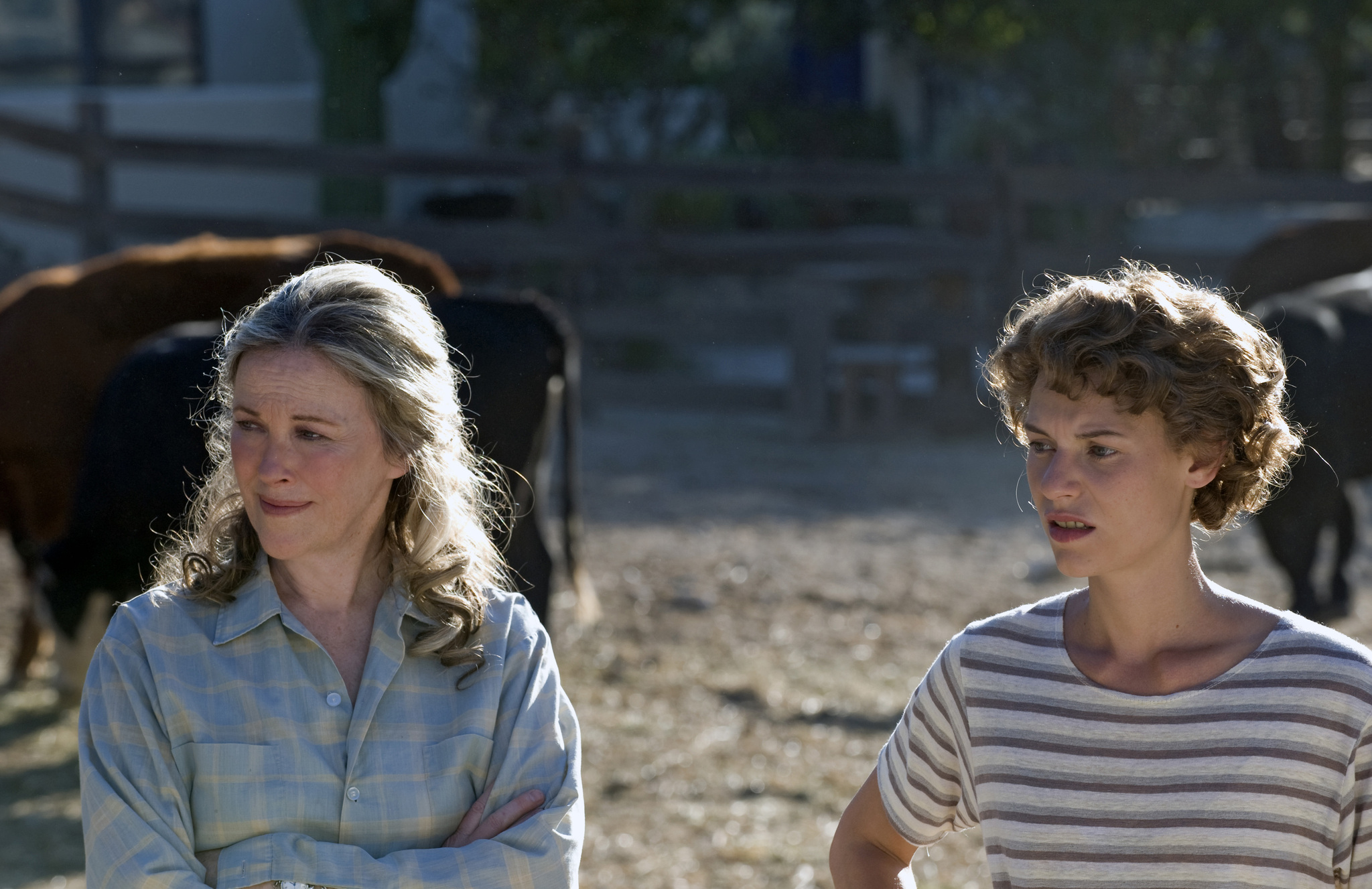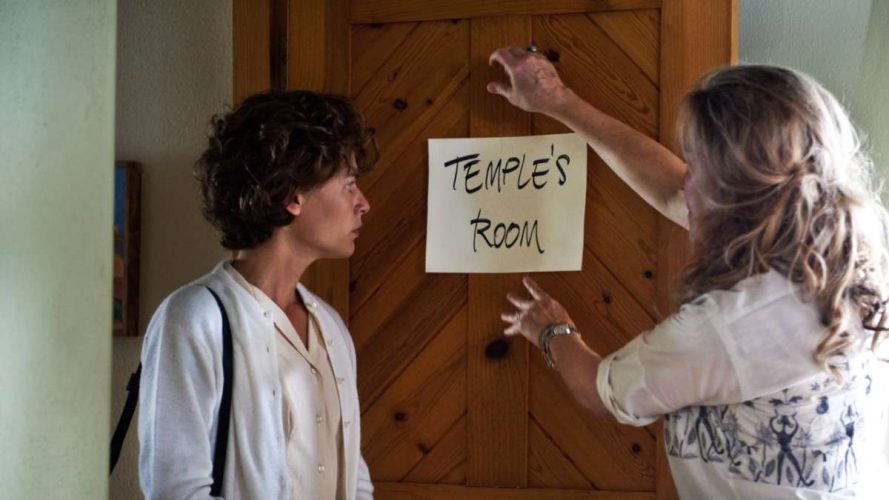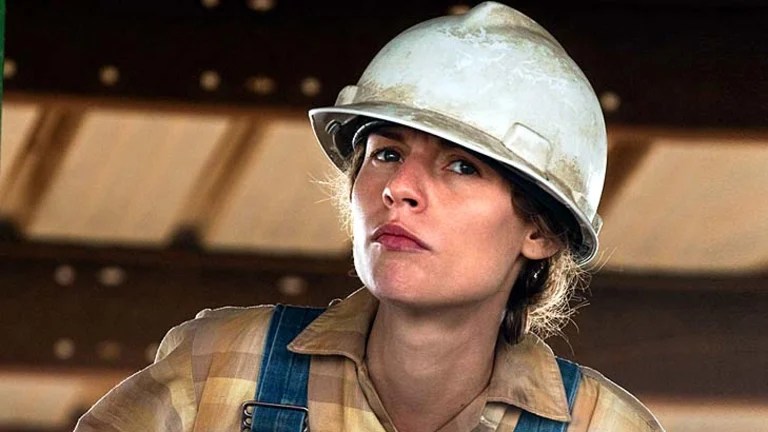Akin to the rules of nature, as humans, connecting with animals is made possible by evening the lines of communication. The 2010 television drama film ‘Temple Grandin’ follows precisely that. Following the story of a woman diagnosed with autism, the movie chronicles the marvelous journey of Temple Grandin, a woman who manages to bring unprecedented changes to the cattle industry. The film, directed by Mick Jackson, reiterates that ingenuine excellence can be found anywhere. Set in the 1970s, the story of Temple Grandin showcases how overarching progress can be achieved if people seek to conceive things in a unique way.
The movie features Claire Danes, Catherine O’Hara, Julia Ormond, and David Strathairn. Moving past the verbatim that guides human interactions, ‘Temple Grandin’ features the story of a woman working in visualizations as opposed to words. The remarkable journey of Temple Grandin, which sparked groundbreaking changes in the cattle industry, is grounded in reality, inviting curiosity about the depth of her true-to-life experiences. Facing societal hurdles and industry sexism, Grandin’s story raises intriguing questions about the real-life battles that fueled her inspiring achievements.
Temple Grandin’s Memoirs: The Source of Inspiration for the Film
Yes, ‘Temple Grandin’ is based on a true story. Christopher Monger and William Merritt Johnson penned the screenplay for the movie on the basis of the memoirs ‘Emergence: Labeled Autistic’ and ‘Thinking in Pictures’ by the eponymous academic and animal behaviorist. Director Mick Jackson believed that even though depicting the different lived experiences of everyone on the autistic spectrum might be difficult, the story of Temple Grandin, nonetheless, still encapsulates the journey many take.

An ode to the professor of animal sciences, autism-rights activists, and author, ‘Temple Grandin’ showcases the perturbed childhood that gave way to an incandescent career. The movie showcases how as a child, Temple was first diagnosed with a form of schizophrenia resulting from lack of maternal affection instead of autism and how despite such struggles, she helped bring groundbreaking changes. While doctors recommended institutionalizing her, the movie follows the undeterred resolve of Grandin’s mother, who helped her adapt to social interaction with the help of therapists.
The story follows Grandin’s experiences in the cattle industry that began with her stay at her uncle and aunt’s ranch. Director Mick Jackson further elevates the storyline by mirroring the exact spaces that helped Grandin facilitate her ideas. In the 1970s, when little information on animal sciences had come up, Grandin’s ability to visualize and see in pictures allowed her to posit the world from the eyes of cows. She had realized that cattle balks and refuse to walk over shadows, concluding that, unlike humans, animals think in pictures that are shadowed in the movie as well.
All these revelations helped her in creating a squeeze chute that allows cows to walk through easily. The movie adds yet another dose of realism when it delves into the aspect of sexism Grandin had to face. In an interview with ABC News, Professor Grandin admitted that being a woman in the cattle industry was as big a hurdle as living as a person on the autism spectrum. Having to navigate the cattle industry dominated by men in the 1970s meant that Grandin did not just have to work twice as hard but also persevere in the face of bullying and ostracization.

Translating Professor Grandin’s experiences into his oeuvre, Director Mick Jackson aptly resembles the struggles Temple had to face in the cattle industry full of men. The movie also marks Temple Grandin’s turn into an activist. One of the major themes in the movie is the seminal role played by her family. The plot showcases how Grandin was able to eclipse her inability to express herself as a child because of her mother and aunt. Not only do they consistently help her to embrace life, but they also ensure that the monumental challenges she faces do not become the precursor for the rest of her life.

The movie doesn’t just focus on the unique lived experiences of Grandin but also encapsulates the devotion and dedication of her parents. This is precisely what leads Grandin to inform and disseminate knowledge in the movie. In reality, too, Grandin’s efforts to inform and educate people about autism have led to a number of publications that depict her unique experiences and information about the thought processes of an autistic brain.
Taking everything into account, we infer that the movie beautifully highlights the life of a titular figure Temple Grandin. However, even though it has been inspired by real-life events, the director and writers have taken creative liberties to embellish the characters and accentuate the storyline. As such, the scintillating premise and admirable story all coalesce to make ‘Temple Grandin’ a remarkable movie.
Read More: Movies Like Temple Grandin


You must be logged in to post a comment.